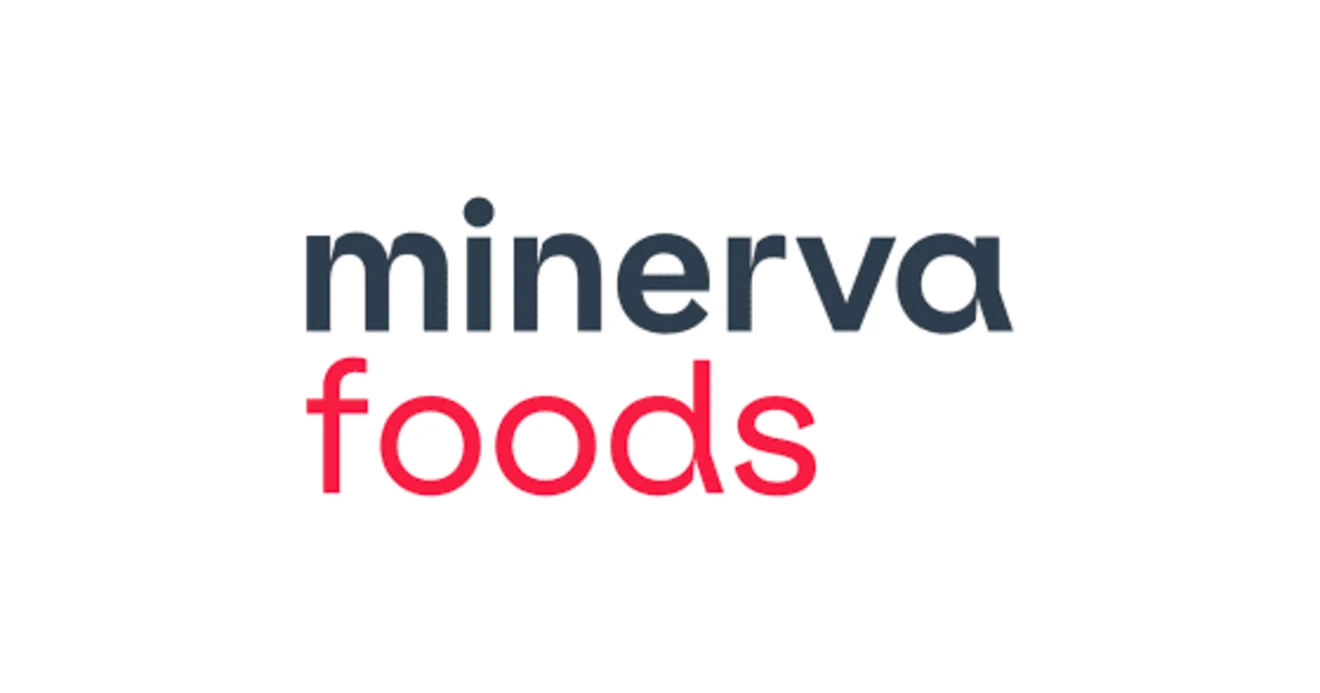Minerva SA
Key Information
HQ:
Brazil
Market Cap:
$0.59bn
Primary Market:
LATAM
Business Type:
Protein Producer
Company Information
Company Summary
Minerva Foods is one of the South American leaders in the production and sale of fresh beef and its by-products, as well as live cattle exports, and it also maintains operations in the meat processing segment. The Company operates slaughterhouses in Brazil, Paraguay, Uruguay, Colombia and Argentina, a meat processing plant in Brazil and two protein processing plants in Argentina.
Revenue
Total revenue:
$6.4bn
Revenue by Geography
Revenue by Protein
Revenue by Product Type
Disclosures
CDP ScoresLast Reviewed: 16/10/2024
| CDP Climate | CDP Forests | CDP Water |
|---|---|---|
| Yes | No | Yes |
Science Based Target initiativeLast Reviewed: 16/10/2024
| Target classification | Status | Date |
|---|---|---|
| Has not set SBT | - | - |

